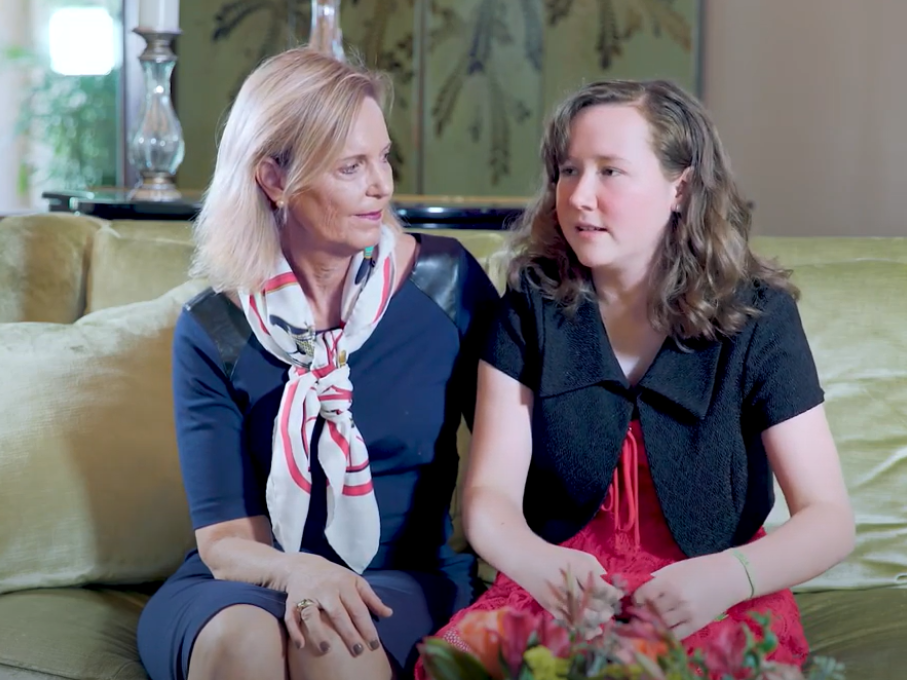Laser ablation surgery is the latest advancement in the treatment of pediatric epilepsy. Phoenix Children's is the only pediatric hospital in Arizona and the Southwest, and one of only a handful of centers in the country, offering laser ablation for pediatric epilepsy and brain tumors.
Laser ablation removes tumors and other lesions through the use of light to heat and destroy unwanted cells. It is that precision that makes this type of surgery perfect for treating hypothalamic hamartomas — rare, benign tumors of the hypothalamus, a region of the brain that regulates many critical functions. Historically, doctors have used laser ablation to treat conditions in other parts of the body, but thanks to recent advances, neurosurgeons are now using this treatment in the brain.
With new technology from Visualase, doctors use MRI (magnetic resonance imaging) to place a thin laser probe in the brain and perform the surgery. On high resolution monitors, they see precisely what area is being heated and how much, making this treatment pinpoint accurate.

